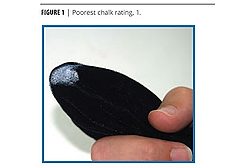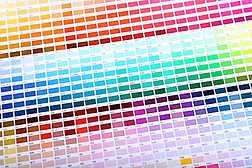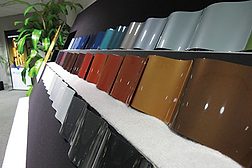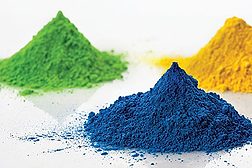Paint and Coating Pigments
New Functionalized Particles
Solutions for Enhanced Performance, Efficiency and Sustainability
Read More
Pushing the Edge of the Durable Color Envelope
New High-Performance Pigments for Lead Chromate Replacement in the Yellow and Orange Color Space
Read More
Keep the info flowing with our eNewsletters!
Get the latest industry updates tailored your way.
JOIN TODAY!Copyright ©2024. All Rights Reserved BNP Media.
Design, CMS, Hosting & Web Development :: ePublishing









